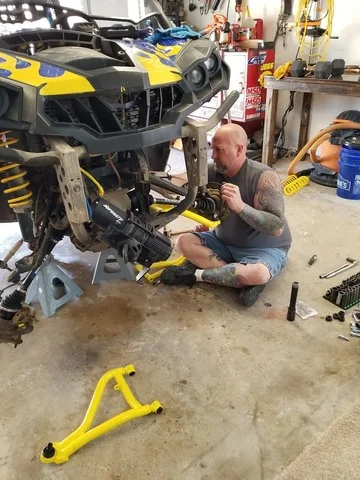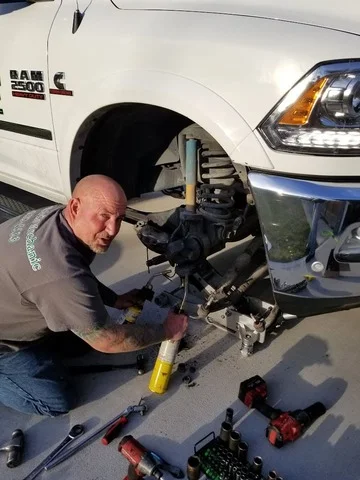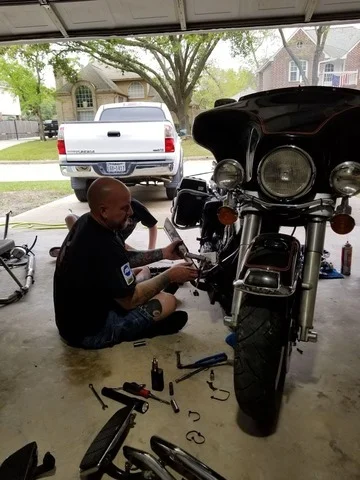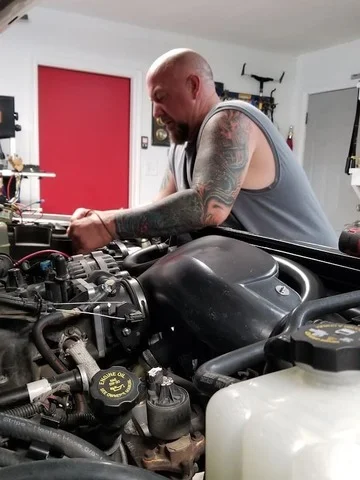Service Lights (MIL)
Automotive service lights, also known as warning lights, malfunction indicator lights (MIL) or check-engine lights, indicate that there is a problem with a vehicle's system and that it requires attention. Service lights are usually located on the dashboard and are illuminated when there is a fault detected in the corresponding system. Different warning lights signify different issues in the vehicle. It is essential to understand what these warning lights mean for safe driving and vehicle maintenance.
Here are some of the most common automotive service lights and their meanings:
1. Check Engine Light: This light indicates that a problem has been detected in the engine management system. The problem could range from a minor issue such as a loose gas cap to a more critical problem like a faulty oxygen sensor or catalytic converter.
2. Battery Warning Light: This light indicates that the battery is not getting charged. It could be due to a faulty alternator or loose wiring.
3. Oil Pressure Warning Light: This light indicates that the oil pressure is low, which could be due to a low level of oil or a problem with the engine's oil pump.
4. ABS Warning Light: This light indicates that there is a problem with the anti-lock braking system, which could affect the vehicle's ability to brake safely.
5. Traction Control Warning Light: This light indicates that there is a problem with the traction control system, which helps prevent wheel spin and loss of traction in slick or slippery conditions.
6. Airbag Warning Light: This light indicates that there is a problem with the airbag system, which could prevent the airbags from deploying properly in the event of a collision.
If any service light illuminates, it is crucial to address the problem to prevent more significant damage, expense, and inconvenience later on. It's best to get the vehicle inspected and repaired by a qualified technician as soon as possible to avoid further complications. Ignoring the service lights can also cause your vehicle to fail an emissions test or compromise the vehicle’s safety.






